Have you ever thought about how your daily choices affect the planet? Sustainable design is a way to make products, systems, and buildings better for the environment. It uses green materials and recycling to cut down on waste and save resources.
It’s key to understand sustainable design in today’s world. By choosing wisely, you can live more sustainably. Sustainable design means using materials that are good for the planet and reducing waste.
Table of Contents
Introduction to Sustainable Design
Sustainable design is more than a trend; it’s essential for our planet. By using eco-friendly materials and recycling, we can help the environment. Green materials, like recycled ones, help us use less and waste less.
Key Takeaways
- Sustainable design minimizes environmental impact and promotes social responsibility
- Green materials and recycling materials can be used to reduce waste and conserve resources
- Eco-design principles can be applied to daily life to make a positive impact on the environment
- Sustainable design involves using eco-friendly materials and reducing waste
- By making informed choices, you can contribute to a more eco-friendly lifestyle
- Sustainable design is a necessary approach to reduce our environmental footprint
Understanding Sustainable Design: A Modern Necessity
Thinking about sustainable design might make you wonder how to use it in your daily life. Sustainable design is more than a trend; it’s essential for reducing our environmental impact. By using local materials and sustainable interior design, you help the planet. This approach also saves money by reducing waste and conserving resources.
There are important things to think about in sustainable design. These include:
- Using local materials to cut down on transportation emissions
- Applying sustainable interior design to lessen waste
- Supporting environmental sustainability with eco-friendly actions
Understanding these principles helps you make choices for sustainable design at home and work.
Adding sustainable design to your life can greatly help the environment. Choosing local materials and sustainable design cuts down your carbon footprint. Remember, every small change helps in making our future greener.
The Evolution of Green Building Practices
Exploring sustainable design shows how eco-friendly architecture impacts the environment. Green building has evolved from old methods to new, green designs. Using local, green materials is key, as it cuts down on harm to the environment and supports sustainability.
Green building has grown, focusing on less waste and saving resources. This move towards green architecture has brought new materials and ways to build, like recycled materials and energy-efficient systems. These help make buildings that harm the environment less and offer better health and comfort.
Some main benefits of green building are:
- Less energy use
- More natural resource saving
- Less waste and pollution
Adopting green building and design helps make a better future. As you delve into sustainable design, remember that every effort helps. Together, we can make big changes for the better.
Key Components of Sustainable Design
Exploring sustainable design means understanding its core elements. Projects often use old materials, cutting down on waste and new resource needs. This approach creates unique, functional items that also lessen environmental harm and enhance your space’s character.
Looking at environmental solutions in design, several strategies stand out. Start by checking your energy use, like lighting and insulation, to lower energy needs. Also, using recycled materials and saving water can greatly reduce your environmental impact.
- Repurposing old materials in design to create new and innovative pieces
- Implementing energy-efficient systems and renewable energy sources
- Conserving resources, such as water and energy, through efficient design
By using these strategies, your sustainable design projects can be both stunning and eco-friendly.
Implementing Sustainable Design in Your Home
Thinking about sustainable design in your home is a great start. Using sustainable construction techniques can greatly reduce your environmental impact. This includes choosing materials like reclaimed wood or low-VOC paints. These options make your home healthier and more eco-friendly.
Energy-efficient design is another crucial part of sustainable living. You can use energy-saving appliances, LED lights, and good insulation. These changes cut down your energy use and lower your bills. Also, pick sustainable materials for decor, like bamboo or recycled glass, to make your space greener.
Here are some easy ways to make your home more sustainable:
- Go for eco-friendly products, like cleaning supplies and personal care items, to lessen your environmental impact.
- Save energy by turning off lights and gadgets when you’re not using them.
- Use public transport, walk, or bike as much as you can to cut down on carbon emissions.
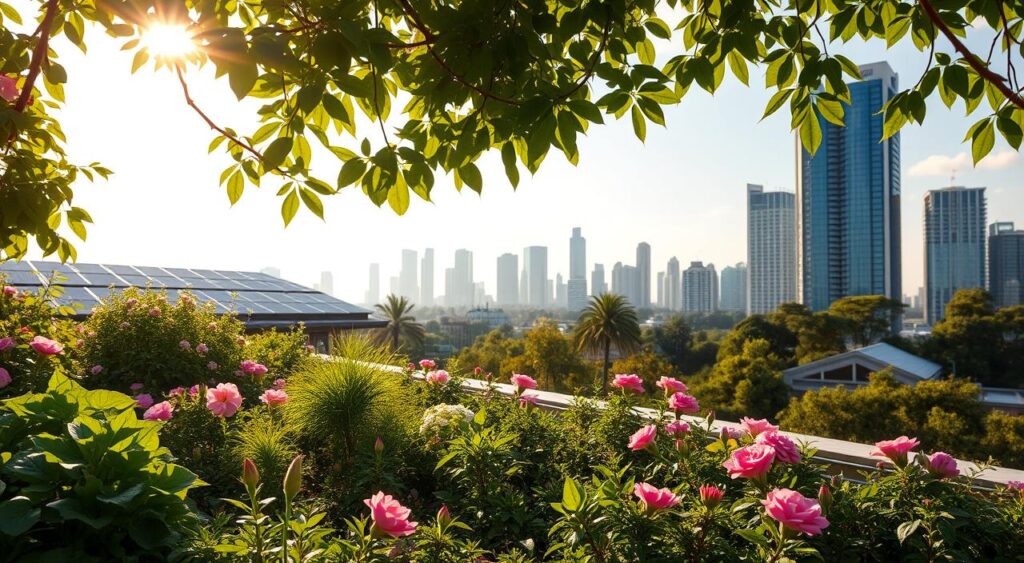
By following these tips and adding sustainable design to your life, you can make your home greener. Every little change helps a lot, and choosing sustainable options makes a big difference for the planet.
Smart Material Selection for Eco-Friendly Projects
Choosing the right materials is key in eco-friendly architecture. Using local and green materials can cut down on environmental harm. Opting for renewable, recycled, or sustainably sourced materials helps build a green structure. This approach not only cuts down on waste but also boosts energy efficiency.
When picking materials, think about durability, maintainability, and recyclability. Picking materials that last long means fewer repairs and replacements. This cuts down on waste and lowers upkeep costs. Also, materials that are easy to fix and maintain can extend your building’s life and lessen environmental impact.
- Renewable materials, such as bamboo or reclaimed wood
- Recycled materials, such as recycled glass or metal
- Sustainably sourced materials, such as FSC-certified wood
Using these materials in your eco-friendly project makes your building green, beautiful, and functional. Practices like using natural light and ventilation also help save energy. They make for a healthier indoor space.
The Role of Local Materials in Environmental Conservation
Using local materials is key in environmentally conscious design. It cuts down on transportation costs and emissions. Plus, it boosts the local economy.
Choosing materials from nearby areas supports sustainable construction techniques. It also lowers your project’s carbon footprint.
Some perks of local materials include:
- Fewer transportation emissions
- Helps the local economy
- Encourages energy-efficient design
Local materials also protect the environment and ecosystem. They are sustainably sourced and harvested. This reduces the need for non-renewable resources.
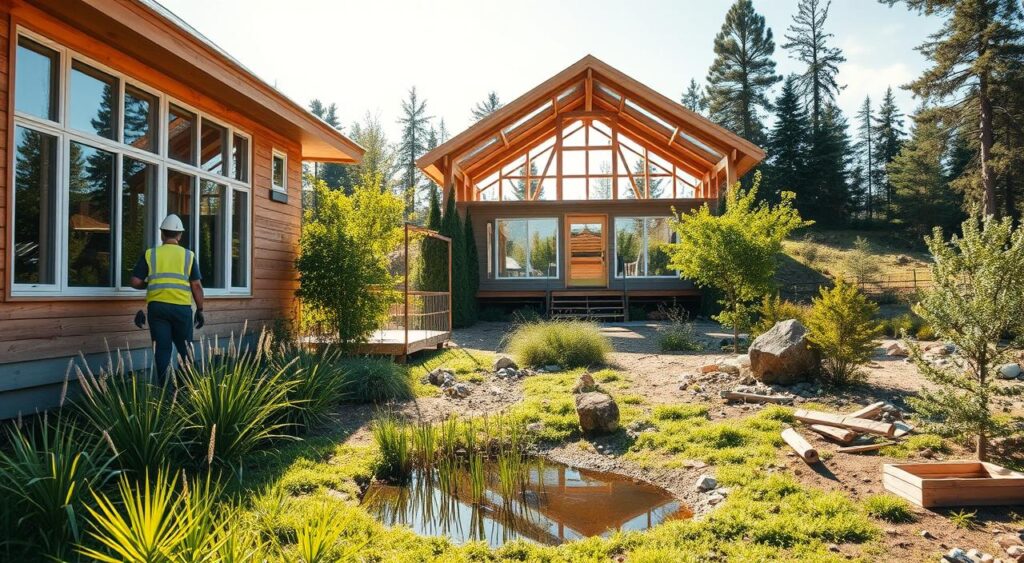
In summary, local materials are vital in sustainable construction techniques and energy-efficient design. By picking materials wisely, you lessen your environmental impact. This supports a greener future.
Transforming Old Materials into Design Assets
Using old materials in design is a creative and green way to work on sustainable design projects. It cuts down on waste and brings a special touch to your project. By adding environmental solutions in design, you make a space that works well and is good for the planet.
There are many ways to use old materials, like upcycling and repurposing.
Upcycling Techniques
Upcycling turns old materials into something new and valuable. You can add new features or uses to the material. For instance, an old pallet can become a coffee table or a headboard.
Creative Repurposing Methods
Repurposing means using old materials in a new way, without adding new features. It’s simple, like using old jars as vases or turning an old ladder into a bookshelf. Being creative with old materials in design lets you make unique, useful items that help the environment, too.
Here are some tips for upcycling and repurposing old materials:
- Begin by collecting old materials and thinking of new uses for them.
- Look up different upcycling and repurposing methods for ideas and help.
- Feel free to try new things – it’s all part of the creative journey.
Sustainable Design in Urban Environments
Think about how sustainable design affects your daily life, especially in cities. Sustainable materials and building solutions are key to reducing the city’s environmental impact. Eco-friendly architecture helps cities cut carbon emissions and improve air and water quality.
Some key benefits of sustainable design in urban environments include:
- Reduced energy consumption through the use of sustainable materials and energy-efficient systems
- Conservation of natural resources, such as water and land
- Decreased waste and pollution through effective waste management and recycling programs
In urban areas, it’s vital to tackle unique challenges and seize opportunities. Architects, city planners, and residents must collaborate. Together, they can create buildings that are good for the planet and people.
Cities can become better places by embracing sustainable design. You can help by choosing eco-friendly materials and supporting green projects. Your actions can lead to a healthier, greener future for cities.
Overcoming Common Sustainable Design Challenges
Starting your sustainable design journey can face several challenges. It’s key to know these obstacles and find ways to beat them. By using green design, you can make spaces that look good and are also good for the planet and energy use.
Common issues include tight budgets, hard-to-find materials, and tricky technical parts. Here are some ways to tackle these problems:
- Do deep research to find affordable green materials and building methods.
- Work with green building experts to make the process easier.
- Use a design that saves energy, like natural light and good insulation, to cut down on energy use.
By using green building methods and energy-saving design, you can make spaces that work well and are good for the environment. Sustainable design takes time, creativity, and a desire to learn and change. With the right approach and strategies, you can beat common sustainable design hurdles and help make a better world for all.
| Challenge | Solution |
|---|---|
| Budget Constraints | Conduct thorough research to identify cost-effective sustainable materials and construction techniques. |
| Material Availability Issues | Conduct thorough research to identify cost-effective, sustainable materials and construction techniques. |
| Technical Implementation Hurdles | Incorporate energy-efficient design elements, such as natural lighting and insulation, to reduce energy consumption. |
The Future of Sustainable Design Innovation
Looking ahead, sustainable design will keep getting better. New trends in green materials, recycling materials, and eco-design will help you stay ahead. Research shows that sustainable design will become more important in many industries.
Here are some key areas to watch for in the future of sustainable design:
- Creating new green materials that are good for the planet
- Enhancing recycling materials to cut down on waste and boost efficiency
- Designing innovative eco-design solutions that are kind to the environment
By understanding the future of sustainable design, you can dream up a greener tomorrow. You can start using green materials, recycling materials, and eco-design in your everyday life and work. As we move forward, expect to see even more creative and effective sustainable design solutions.
Making an Impact Through Individual Choices
You have the power to make a big difference in the environment every day. By adding sustainable design projects to your life, you help the planet. This means using old materials, reducing waste, and finding green solutions in design.
Start by making small changes in your daily life. Use less energy, ride public transport, or recycle. You can also help out in your community. Join local clean-ups or help in a garden that uses green design.
Daily Sustainable Practices
- Reduce energy consumption by using energy-efficient appliances
- Use public transport or walk/bike whenever possible
- Recycle and compost to reduce waste
Community Involvement Opportunities
Being part of your community can make a big difference. Look for local events, join groups, or volunteer for causes you care about. Together, we can inspire others to choose sustainability and support green design.
Embracing a Sustainable Future Together
Sustainable design is more than a trend; it’s essential for a greener future. By adopting green building practices, we can all help make a difference. This way, we ensure a better world for future generations.
Starting a sustainable journey is easy with small, daily choices. Choose eco-friendly materials for your home or join local recycling programs. Every action counts, and together, we can make a big change.
Keep looking for ways to live more sustainably, whether in your home or by supporting eco-friendly businesses. Share your stories and tips with others. This will inspire more people to join the effort towards a greener world.
Together, we can make sustainable design a part of our everyday lives. This will not only protect our planet but also make our lives better. Let’s work towards a brighter future for everyone.
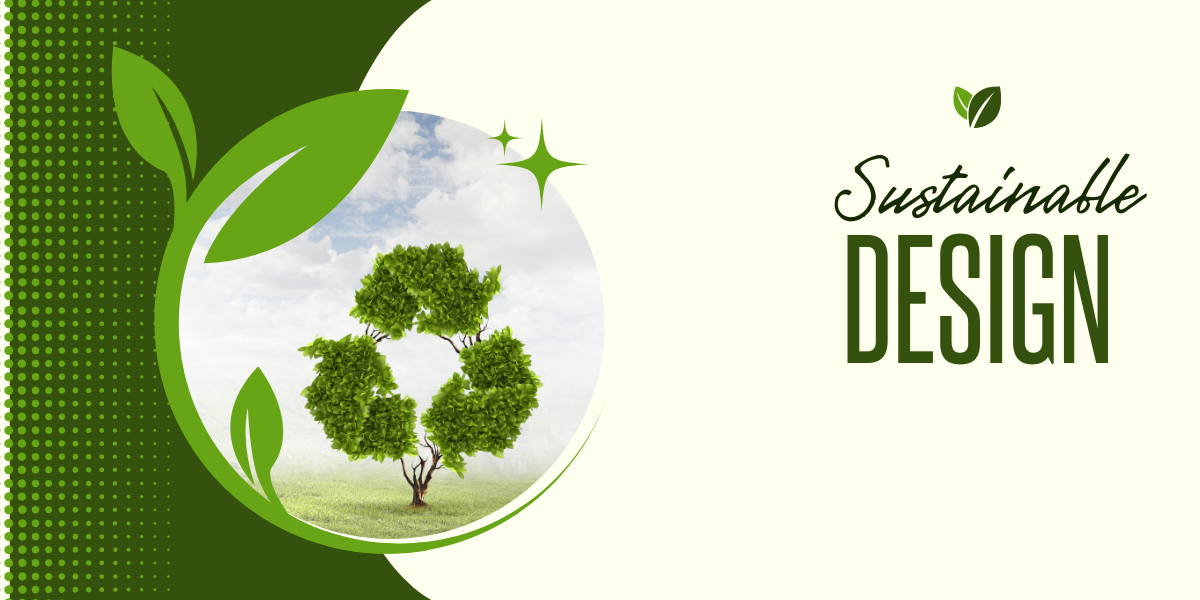

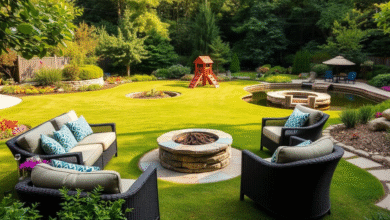 Backyard landscaping ideas: Ideas for designing a comfortable backyard using natural elements
Backyard landscaping ideas: Ideas for designing a comfortable backyard using natural elements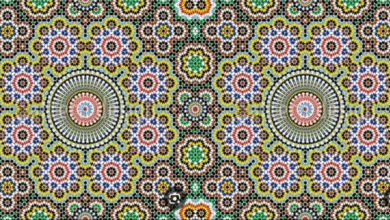 Moroccan Mosaic (Zellige): Its History and How to Integrate It into Modern Designs
Moroccan Mosaic (Zellige): Its History and How to Integrate It into Modern Designs Simplicity and elegance in modern design How to make your space more comfortable and beautiful?
Simplicity and elegance in modern design How to make your space more comfortable and beautiful? Luxury and elegance in classic design Top 10 luxury items that must be present in classic decor for
Luxury and elegance in classic design Top 10 luxury items that must be present in classic decor for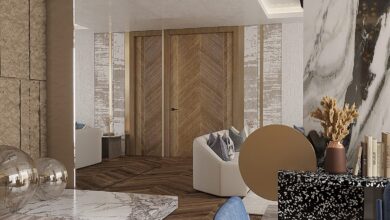 Clean Lines in Modern Design: The Perfect Solution to Make Your Home Look Modern and Beautiful
Clean Lines in Modern Design: The Perfect Solution to Make Your Home Look Modern and Beautiful